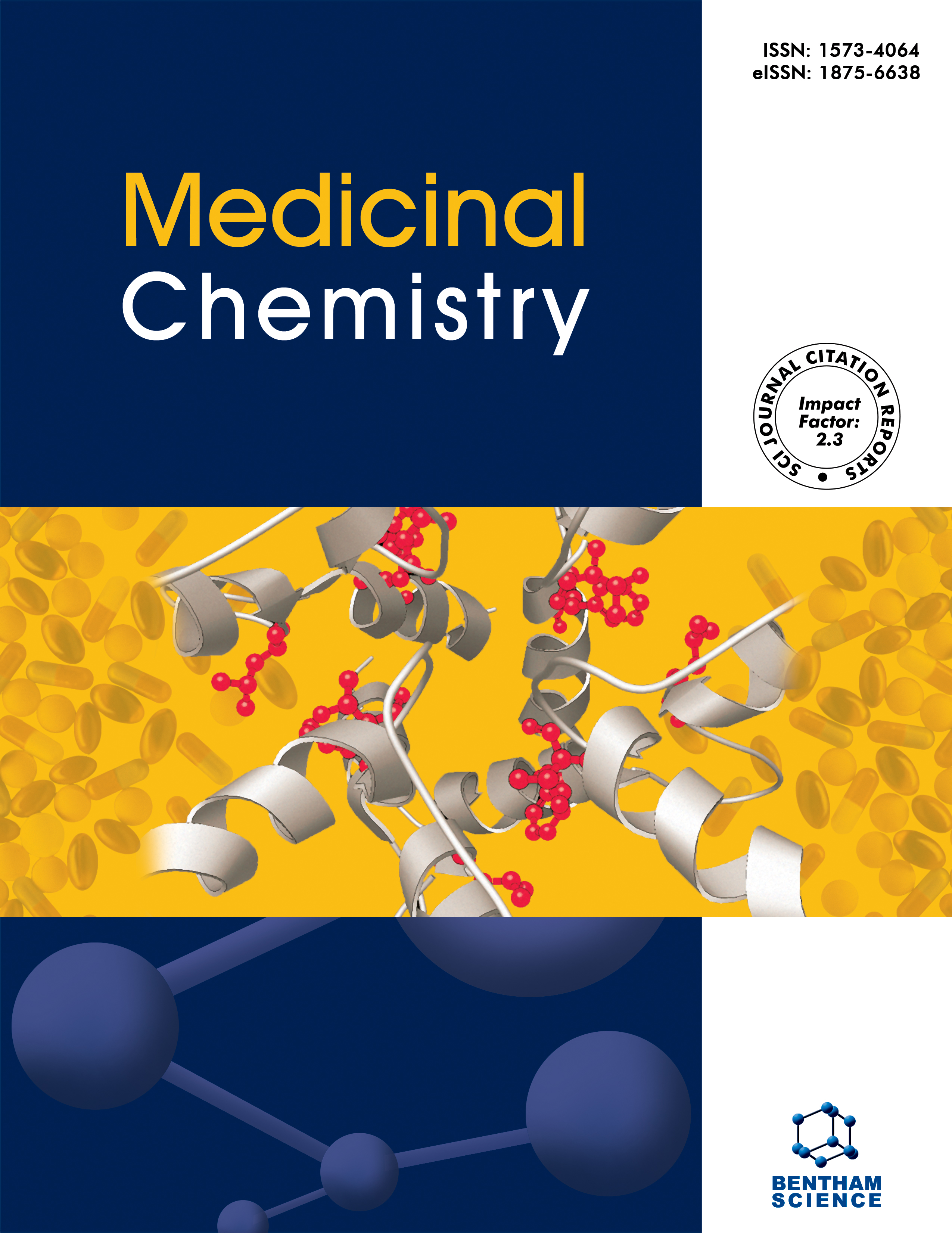
Full text loading...
We use cookies to track usage and preferences.I Understand
The most common heterocyclic aromatic molecule with potential uses in industry and medicine is quinoline. Its chemical formula is C9H7N, and it has a distinctive double-ring structure with a pyridine moiety fused with a benzene ring. Various synthetic approaches synthesize quinoline derivatives. These approaches include solvent-free synthetic approach, mechanochemistry, ultrasonic, photolytic synthetic approach, and microwave and catalytic synthetic approaches. One of the important synthetic approaches is a catalyst-based synthetic approach in which different catalysts are used such as silver-based catalysts, titanium-based nanoparticle catalysts, new iridium catalysts, barium-based catalysts, iron-based catalysts, gold-based catalysts, nickel-based catalyst, some metal-based photocatalyst, α-amylase biocatalyst, by using multifunctional metal-organic framework-metal nanoparticle tandem catalyst etc. In the present study, we summarized different catalyst-promoted reactions that have been reported for the synthesis of quinoline. Hopefully, the study will be helpful for the researchers.

Article metrics loading...

Full text loading...
References


Data & Media loading...

